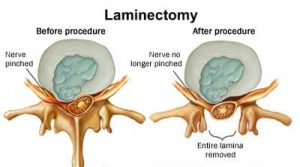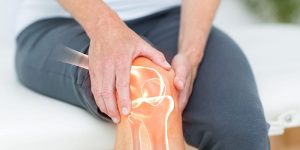Osteoarthritis is a form of degenerative arthritis that causes pain and swelling in joints. Due to the wear and tear of cartilage in the joint, the bones become more prominent and as a result, rub against each other as they move. While the condition occurs gradually, it worsens over time if left untreated. The big toe is a common area to be affected by osteoarthritis.
Causes
Most cases of osteoarthritis come with age, starting from ages 30 to 60. As the body system slows down, the cartilage deteriorates faster than it can heal, resulting in osteoarthritis to develop.
Obesity also increases the risk of developing the condition. With additional pressure from the body weight, the bones of the feet are stressed and may accelerate the damage of cartilage in the big toe.
Some people are born with an overgrowth of the big toe bone, making the toe joint stiff and difficult to bend, thus more susceptible to developing osteoarthritis.
Symptoms
Some of the first signs of osteoarthritis of the big toe include stiffness, achiness, tenderness and pain in the affected toe, though may also be felt in the arch of the foot and other toes. The toe feels most achy and stiff in the morning and after sitting for a long period of time.
Gradually, you would start to notice swelling around the joint. It might be some time before the bone spur becomes visibly noticeable. However, you would feel the bones rubbing together and causing the area to swell as they get more prominent.
As the big toe gets stiffer, it gets harder to bend the toes. Walking and balancing becomes difficult and painful. The constant rubbing between the toes can cause corns and calluses to form, and even leading to other conditions such as hammer toes.
Treatment
Conservative treatment for osteoarthritis may not cure the condition but can relief the symptoms. Your doctor might prescribe painkillers and anti-inflammatory medicine to ease the pain and bring down the swelling. There are also creams and gels to reduce the swelling. Orthoses can be inserted in your shoes to decrease the pressure while walking. It is best to avoid high heels and pointy-toed shoes as these shoes give puts stress on the feet and may aggravate the symptoms.
For very severe cases, your doctor might recommend a joint replacement surgery. The damaged cartilage is removed and the joint is held together in a fixed and immovable position so that the cartilage would not be affected again. However, the results of the surgery might cause a reduction in mobility. Thus, this procedure may only be suitable for elderly patients that do not require as much mobility in daily activities.








